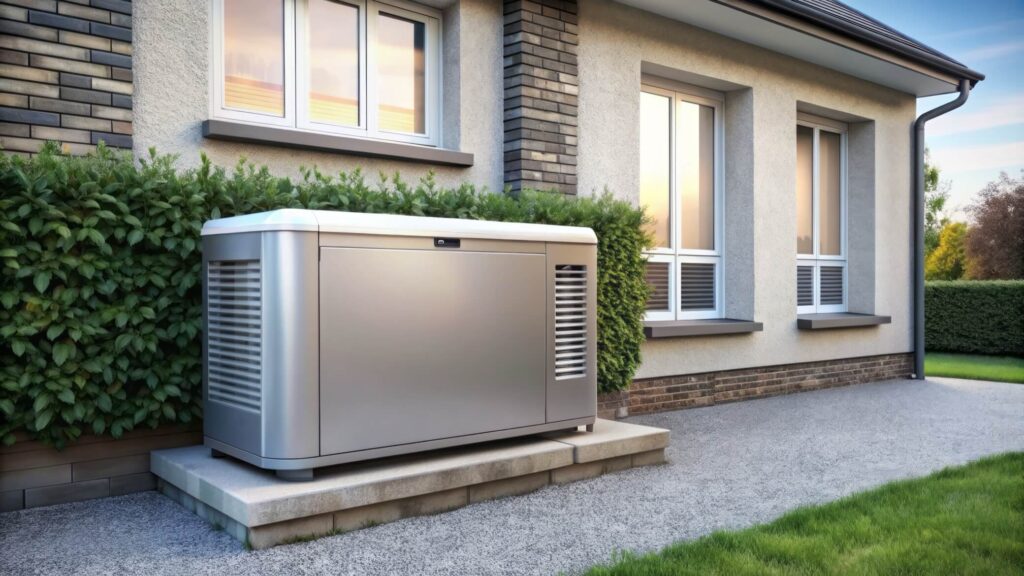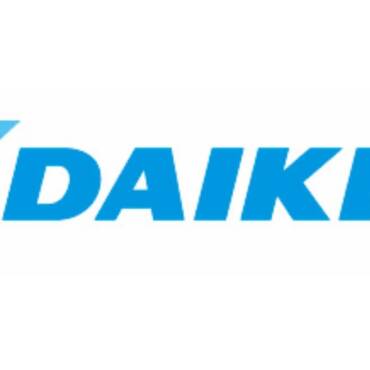When you hear thunder in the distance, do you fear a power outage is right around the corner? Ohio is ranked fifth for states with the most weather-related outages, so you’re not wrong to be worried. The good news is that a home generator installation can keep the lights on when the power is no longer flowing.
If you’ve decided that a generator is worth the cost, the next step is preparing for the installation. While you can rely on the generator installers to do the bulk of the work, you still need to be familiar with the generator installation process.
Inspection, Assessment, and Planning
Generator installations must begin with a site assessment. This allows the installers to determine the best location for the generator and find any potential problems, such as faulty or insufficient wiring.
Generators work best when they’re close to the home, and they need to have easy access to electrical lines and gas hookups. If the generator runs on its own tank of natural gas or propane, there must be room for the tank, whether underground or above.
You may also have to contend with neighborhood or city zoning regulations or building codes. Typically, your installation company will be aware of the regulations, but if you have a location in mind for the generator, you can always talk with local code enforcement about any potential hiccups with a generator installation.
If you have an HOA, you should discuss the matter with the HOA leaders as well. You might need permits for the installation.
Picking the Right Generator
Getting a generator that’s too big will be a waste of money — you’ll never make use of its power capacity. Generators that are too small won’t keep up with the electrical load of your appliances and utilities. You need to discuss your power needs with the installation company to ensure you choose a generator that’s in the sweet spot.
Additionally, consider features and design elements. For example, you may want a generator that has good noise suppression. You might also get a transfer switch installed so you can run hardwired water heaters, well pumps, and other such appliances.
To withstand harsh Ohio winters, you’ll need to get a robust, durable generator and prepare it for the cold.
Cleaning the Site
When the installers are ready to put the generator pad in place, make sure the site is ready. Clean the area of yard debris, outdoor furniture, and other obstacles. The installers will need the area clear as they excavate and pour concrete. You may need to wait several hours or even a few days for the concrete to dry.
Installing the Generator
The installers will place the generator on the pad, connect it to the gas lines or the tank, and hook up the electrical wiring. Once everything is in place, they will test the generator and conduct a final inspection.
Go to the Experts for Your Generator Installation
Trust Aire-Flo Heating, Cooling & Generators to keep the power flowing with a flawless generator installation in your home. You don’t have to let storms determine whether you have electricity or not. Contact Aire-Flo Heating, Cooling & Generators today to get the right home generator.
Whether you require installation, repair, or maintenance, our technicians will assist you with top-quality service at any time of the day or night. Take comfort in knowing your indoor air quality is the best it can be with MOE heating & cooling services Ontario's solution for heating, air conditioning, and ventilation that’s cooler than the rest.
Contact us to schedule a visit. Our qualified team of technicians, are always ready to help you and guide you for heating and cooling issues. Weather you want to replace an old furnace or install a brand new air conditioner, we are here to help you. Our main office is at Kitchener but we can service most of Ontario's cities
Source link



